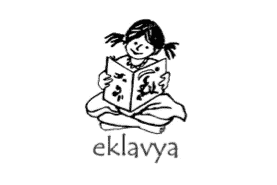Schools2030 INDIA
Transforming learning in the Bihar districts of Bhojpur, Muzaffarpur, Patna, Samastipur and Saran.
Schools in Bihar that join the Schools2030 programme are selected through a collaborative and multi-level process. Since 2022, most schools have remained consistent participants, with only a few changes due to operational challenges, particularly with some pre-primary institutions.
The initial selection of schools was informed by suggestions from peer networks, and block- and district-level education officials. Key selection criteria included the presence of committed teachers, supportive headmasters, basic infrastructure and ease of access. These factors help ensure effective implementation and monitoring of the programme.
Once the preliminary list was created, further consultation was held with district and state-level government directors. Their feedback was incorporated into the final decision. Selected schools were sent an official communication from the state, instructing local officials to support the Aga Khan Foundation’s work in these institutions. While the process is directive in nature, schools retain agency; if a school chooses not to participate, its decision is respected, and another suitable school is identified. The team in Bihar currently works with 90 schools and two in-service teacher training institutes (known as DIETs), with plans to expand interventions with DIETs over the coming years to embed the HCD model into teacher professional development.
Show More
Our Team in INDIA
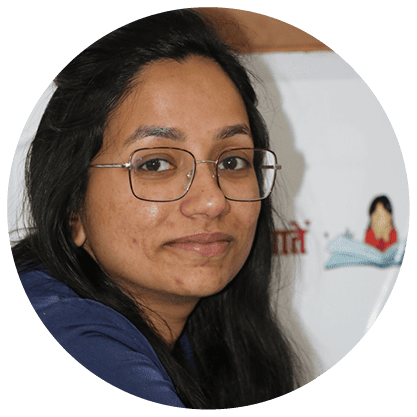
Trishala Singh
Schools2030 National Coordinator
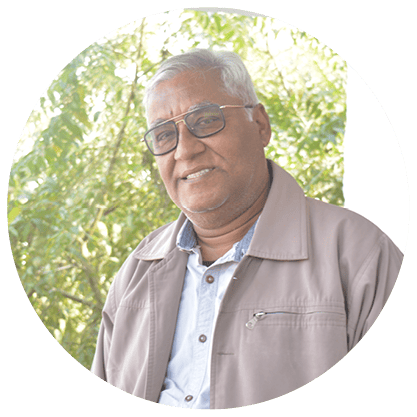
Abhay Kumar
Schools2030 Programme Coordinator

Rajlaxmi Kumari
Schools2030 Programme Coordinator

Seemab Alam
Communications Officer, Programmes

Saty Prakash
District Project Facilitator
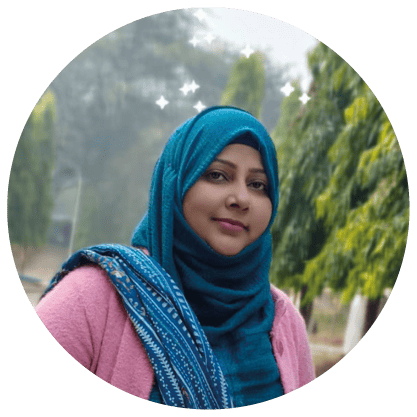
Atiya Murad
District Facilitator (Elementary)
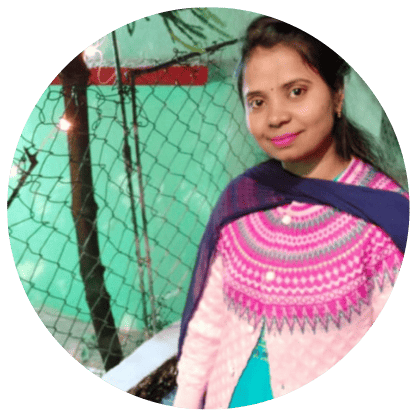
Preety Kumari
District Facilitator (Elementary)
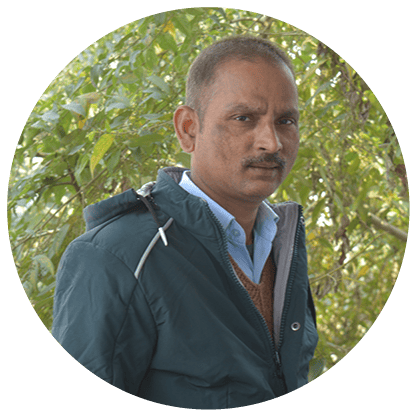
Raju Kumar
MIS Officer

Mamta Kumari
District Facilitator (Elementary)

Rahul Ranjan
District Facilitator (Elementary)
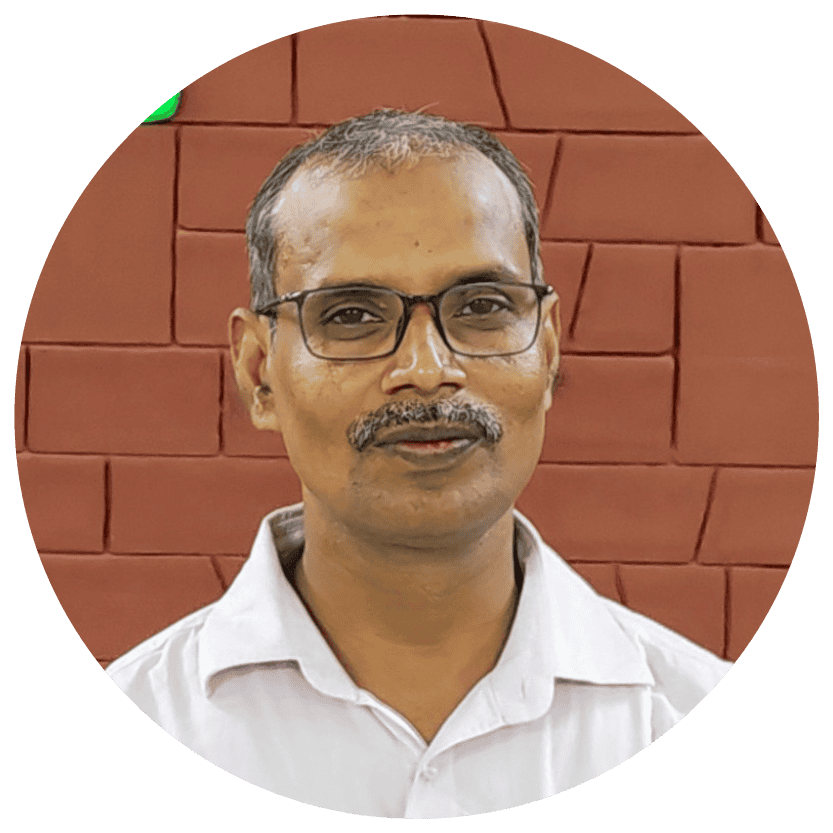
Deepak Kumar
Procurement Officer
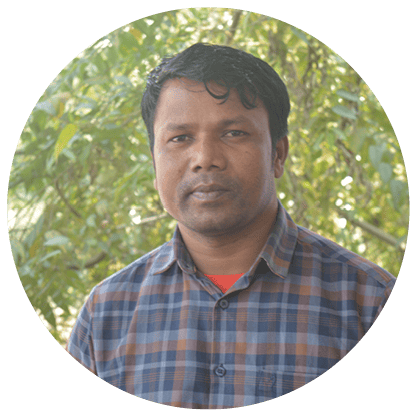
Saroj Mandal
District Project Facilitator (Secondary)

Manish Pandit
District Facilitator (Secondary)
The Indian Education Context
India – with a population of more than 1.3 billion, over 1.5 million schools, over 8.7 million primary and secondary teachers and more than 260 million enrolments each year – is home to the largest and most complex education system in the world. India is a massive country in size, geography and diversity, and is also the world’s largest democracy. It is home to internationally renowned universities and scholars but is also characterised by high rates of poverty and income inequality which means that many students receive poor quality education.
Show More
Jointly managed at the national and state levels, many initiatives have been undertaken to improve access to quality schooling – particularly for those who are economically or socially disadvantaged. This federalised structure leads to considerable diversity between and even within state education systems. Access to education has increased substantially, with about 93 percent of rural households having a primary school within a distance of 1km. 26% of India’s population is under 15, a figure that has dropped dramatically in recent decades. Girls and children from lower-caste families are more likely to face educational disadvantage and have lower secondary school transition rates than boys and those form upper castes.
In 2009, India passed the Right to Education Act, which provides free and compulsory education to all children between ages 6-14. The Annual Status of Education Report (ASER) in 2018 found that over 97% of students in this age group are enrolled in school. In 2020 the Indian government developed a new National Education Policy, which aims to ensure equitable access to high quality education for all learners, regardless of social and economic background, The focus of this new policy is to ensure universal access to high-quality ECCE across the country in a phased manner and improve universal foundational literacy and numeracy in primary school by 2025.
Bihar has some of the lowest indicators in all of India when it comes to literacy rates, dropout rates and amount spent on schooling (for example only 41% of children in Grade 5 are able to read text intended for Grade 2, compared with the average of 50% across other states). Children in Bihar are some of the most marginalised in the country and thus there is an urgent need for innovative solutions designed by teachers and communities.
The Indian Education Context
India – with a population of more than 1.3 billion, over 1.5 million schools, over 8.7 million primary and secondary teachers and more than 260 million enrolments each year – is home to the largest and most complex education system in the world.
India is a massive country in size, geography and diversity, and is also the world’s largest democracy. It is home to internationally renowned universities and scholars but is also characterised by high rates of poverty and income inequality which means that many students receive poor quality education.
Jointly managed at the national and state levels, many initiatives have been undertaken to improve access to quality schooling – particularly for those who are economically or socially disadvantaged. This federalised structure leads to considerable diversity between and even within state education systems. Access to education has increased substantially, with about 93 percent of rural households having a primary school within a distance of 1km. 26% of India’s population is under 15, a figure that has dropped dramatically in recent decades. Girls and children from lower-caste families are more likely to face educational disadvantage and have lower secondary school transition rates than boys and those form upper castes.
In 2009, India passed the Right to Education Act, which provides free and compulsory education to all children between ages 6-14. The Annual Status of Education Report (ASER) in 2018 found that over 97% of students in this age group are enrolled in school. In 2020 the Indian government developed a new National Education Policy, which aims to ensure equitable access to high quality education for all learners, regardless of social and economic background, The focus of this new policy is to ensure universal access to high-quality ECCE across the country in a phased manner and improve universal foundational literacy and numeracy in primary school by 2025.
Bihar has some of the lowest indicators in all of India when it comes to literacy rates, dropout rates and amount spent on schooling (for example only 41% of children in Grade 5 are able to read text intended for Grade 2, compared with the average of 50% across other states). Children in Bihar are some of the most marginalised in the country and thus there is an urgent need for innovative solutions designed by teachers and communities.
THE THREE-STEP MODEL IN INDIA
ASSESS
Schools2030 India’s five focal domains were selected – in collaboration with teachers to align to the National Education Policy 2020. Priorities for all age groups included more traditional areas like foundational literacy and numeracy, as well as non-academic skills like creativity.
Over the past several years, Schools2030 India has worked alongside Eklavya, the National Assessment Partner), the Global Assessment Partner, Oxford MeasurEd, and Schools2030 donor, Porticus, to continue to develop and refine the assessment tools, many of which have never before been created for use in the country. There are currently plans in place to revise the domains for the 10+ and 15+ cohorts, based on stakeholder feedback.
Since programme inception, teachers involved have undergone multiple consultations and training on the development and use of the tools, including trainings to ensure tool alignment with the National Curriculum Framework. Practical sessions helped them design tools like rubrics and checklists, and teachers have expressed a desire for longer training sessions to deepen their learning, which are currently in planning.
Priority Learning Domains
INDIA
PRE-SCHOOL
- Literacy
- Numeracy
- Health & Nutrition
- Creativity
- Respect for the Environment
PRIMARY SCHOOL
- Literacy
- Numeracy
- Health & Nutrition
- Communication
- Respect for the Environment
SECONDARY SCHOOL
- Literacy
- Numeracy
- Digital Literacy
- Communication
- Respect for the Environment
Access examples of assessment tools
from across our programme countries.
All these tools are available free to download below and will continue to be refined and iterated to ensure robust psychometric validity.
THIS IS THE FIRST TIME I HAVE HAD A PLATFORM TO STAND AND SHARE MYJOURNEY OF INNOVATION AND THE EFFORTS I HAVE BEEN MAKING WITH MY CHILDREN AND THE COMMUNITY.
Basanti Devi, Anganwadi centre, Bhojpur
INNOVATE
The Schools2030 India team use a set of selection criteria when inviting teachers from particpating schools. Those who teach subjects like languages, mathematics and science in particular are the first to be approached to join the HCD workshops. Once teachers have identified what topic they want to focus their design journey on, the Schools2030 India team will determine design groups of 4 or 5 teachers who have chosen similar topics. This means that teachers may not always be from the same school, meaning that the innovation that they create will be implemented and tested across multiple classrooms from the get-go.
Below are some of the most promising innovations, – as selected using the Schools2030 Innovation Evaluation Tool – that are already having impact across a range of disciplines. They continue to undergo rigorous testing and the best ones go on to further incubation in other classrooms.
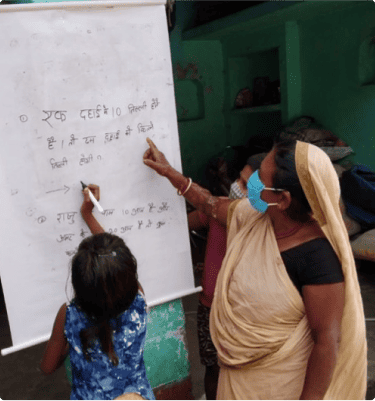
Learning Walls
TO IMPROVE: Creativity, collaboration, problem-solving
COST: all
Learning Walls (Bujho to Jaane or riddles) are simple whiteboards or chart paper set up in remote communities with no access to technology. Each day, a volunteer writes a puzzle or question, encouraging children and the whole community to work together to problem-solve.
Show More
So far, there are 80 learning walls across Schools2030’s geography in India.
Learning at Home Kit
DESIGNED BY: Local learning communities facilitated by the Schools2030 team
TO IMPROVE: Literacy and numeracy
AGE GROUPS: 5+ and 10+
The Learning at Home Kit (LAHK) was designed for communities without ready access to technology to support with distance learning during the height of the pandemic.
Show More
The boxes, named ‘Guraiaya’ (‘Sparrow’ in Hindi – an emblem of curiosity) were filled with coloured pens, picture and word cards and activity guides for families. The LAHK was distributed to over 1000 children between 6-10 years old to support their academic and non-academic learning and encourage parental engagement in their studies.
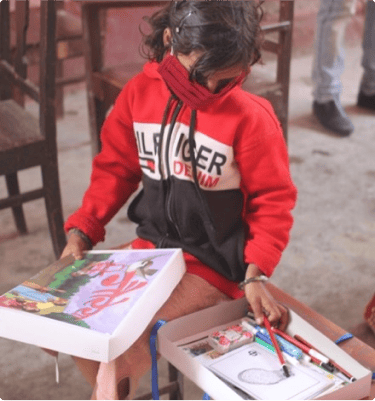
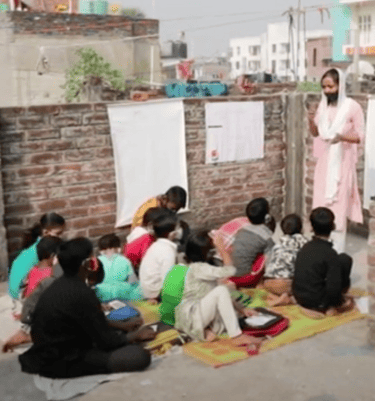
Volunteer Learning Activity Centre (VLAC)
TO IMPROVE: Self-awareness, leadership, self-esteem and creativity in the 15+ age group
AGE GROUP: all
80 Volunteer Learning Activity Centres were set up (50 in Samastipur and 30 in Patna) serving over 1,000 students.
Show More
These centres are staffed by youth volunteers and provide a space for children to take part in meaningful and joyful learning experiences, as well as allow youth volunteers to develop important employable and “soft” skills as teachers and learning facilitators.
SHOWCASE
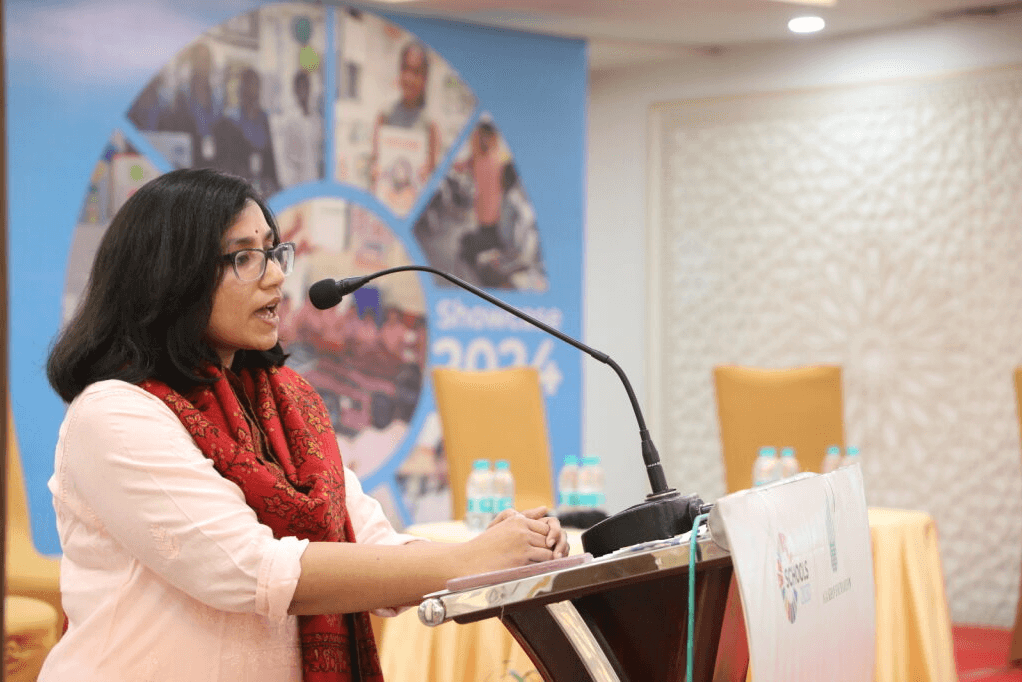
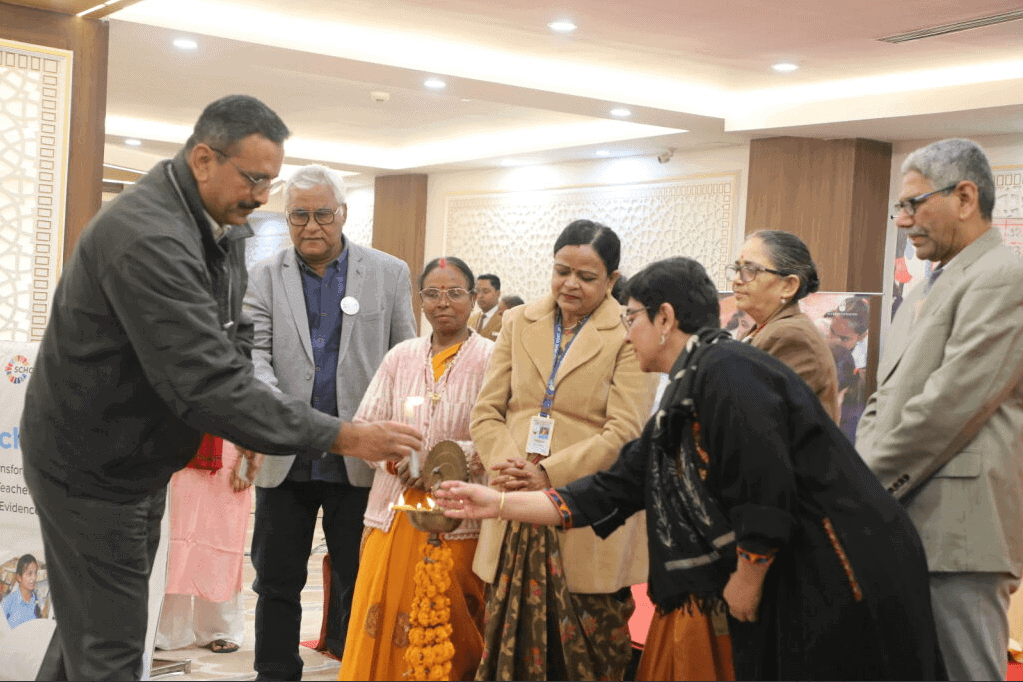
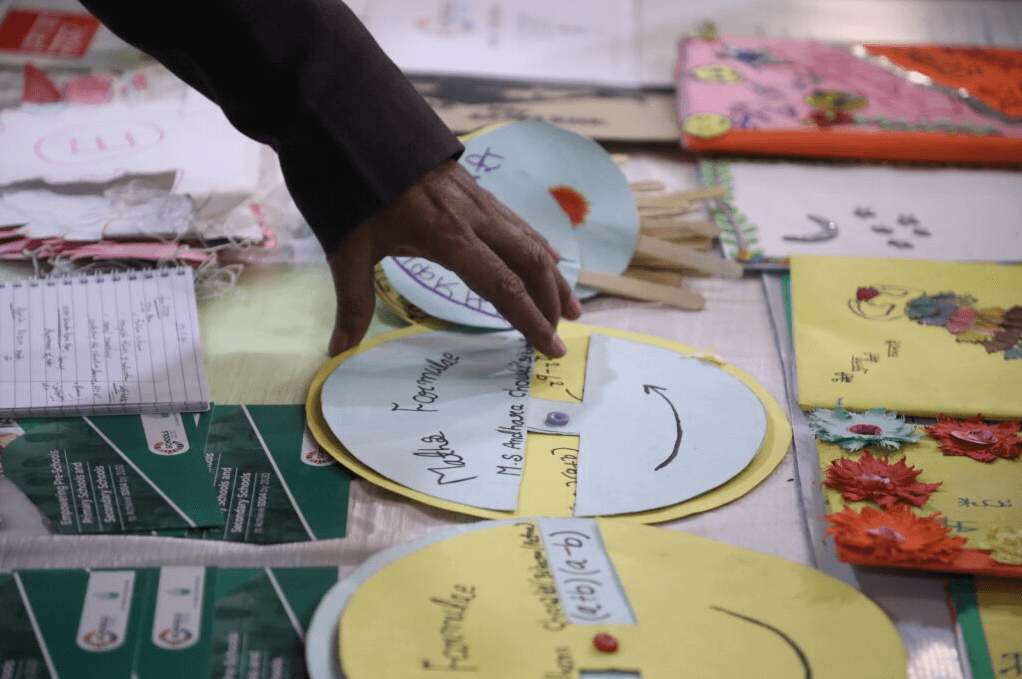
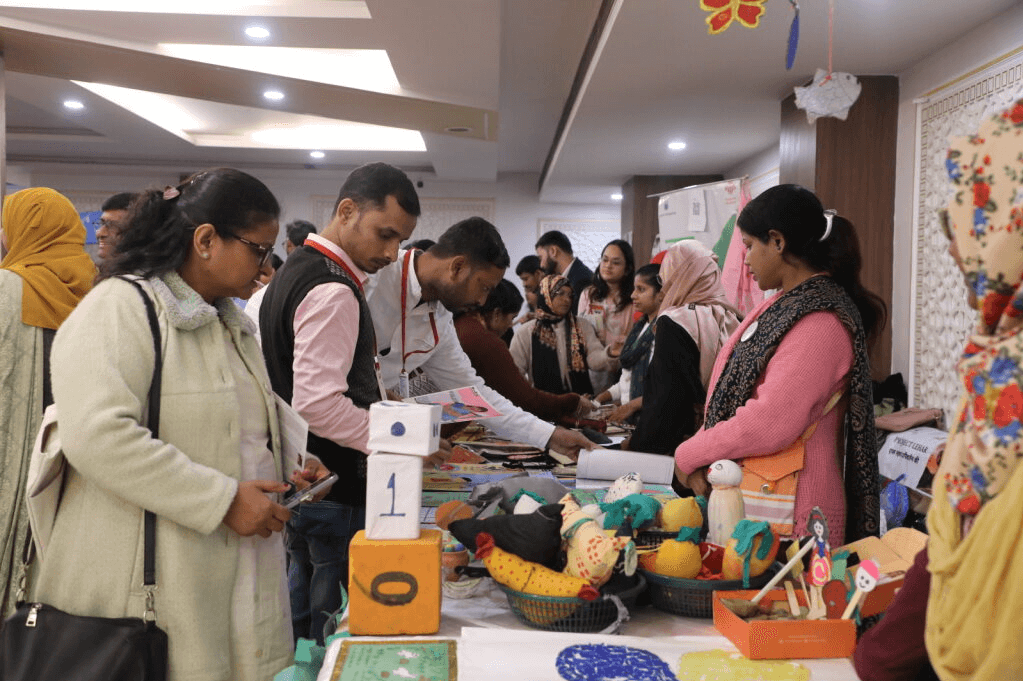
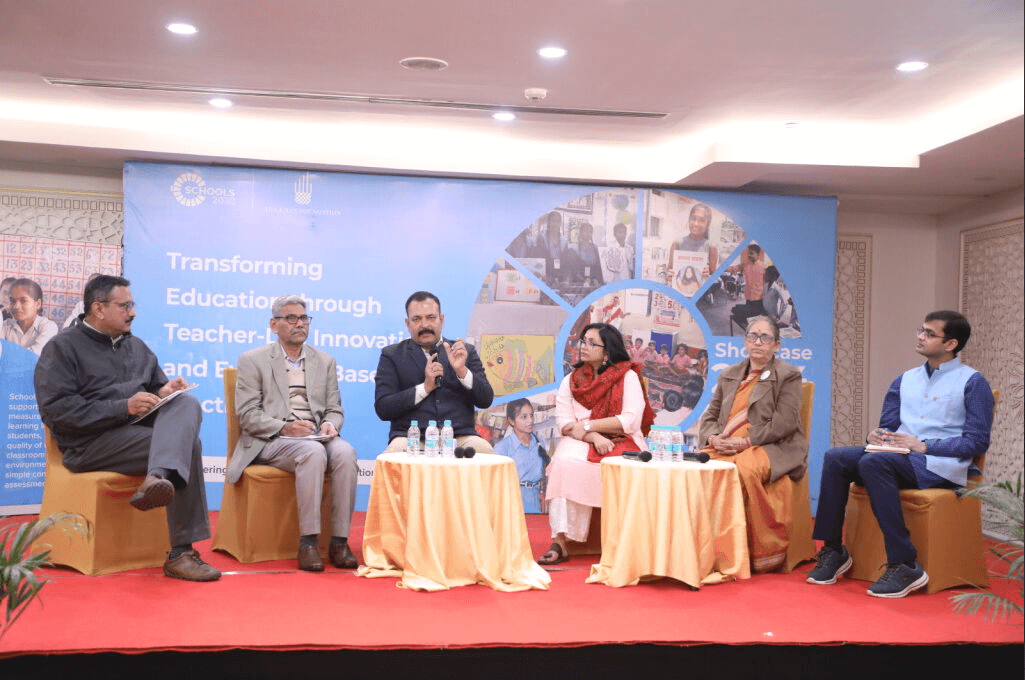
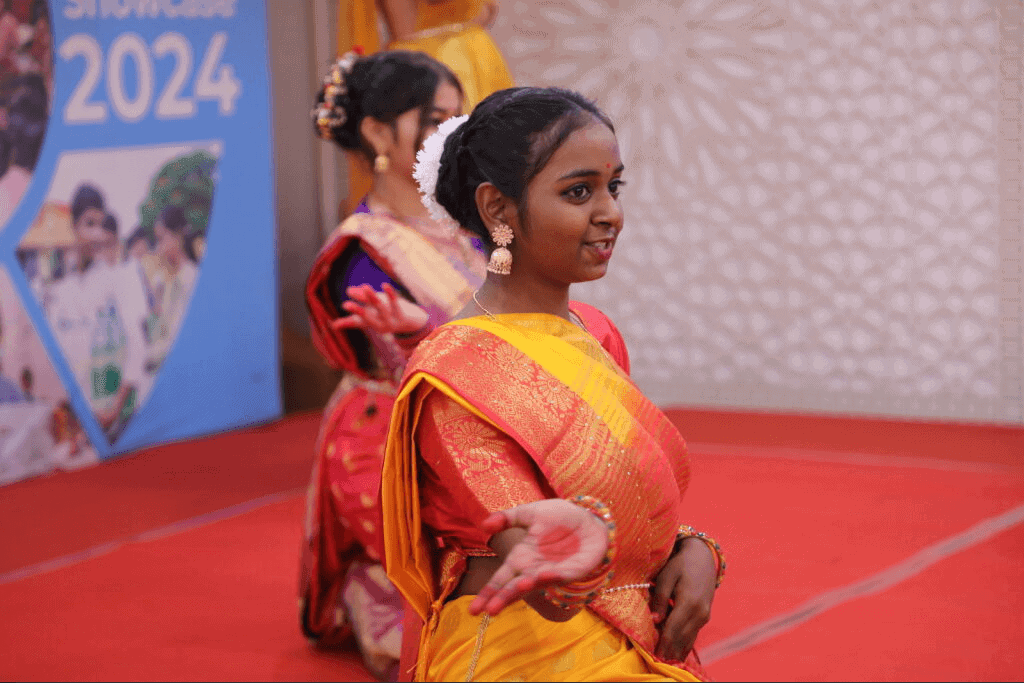
One of the core objectives of the Schools2030 India showcase events is to provide a platform for teachers to share their innovation journeys in their own voices. In many parts of the region, there are limited opportunities for teachers to be recognised or appreciated for their contributions. These events aim to change that by creating spaces where teachers share their experiences, challenges, and successes directly with other teachers, school leaders, block and district officials and other key stakeholders.
Another important aim of the showcase is to involve other community stakeholders—especially parents—in the education process. By witnessing firsthand the innovative practices happening inside classrooms, families gain a deeper appreciation for teachers’ work and this, in turn, encourages increased parental support for their children’s education more broadly. In some school-level showcases, parents have been so moved by what they saw that they were brought to tears. These moments not only strengthen trust but also help build a supportive ecosystem around the child’s learning.
The third objective is to foster broader dialogue on educational needs and innovation. Government officials, academics, and educators are invited to district and national-level showcases to engage in discussions on policy, curriculum, and classroom practice. Teachers whose innovations score highly at the school level are invited to present at district showcases, with top performers advancing to the national stage, and even to feature at the Schools2030 Global Forum.
The Schools2030 team also takes part annually in the Bihar state festival – a celebration of Bihari society, art and culture – where teachers can demonstrate their work to the broader public.
News and stories from India
IMPACT AND LEARNING
India
We regularly produce learning and research reports that inform and strengthen our programme delivery. Read and share our latest learnings for India or click below to browse all our reports.
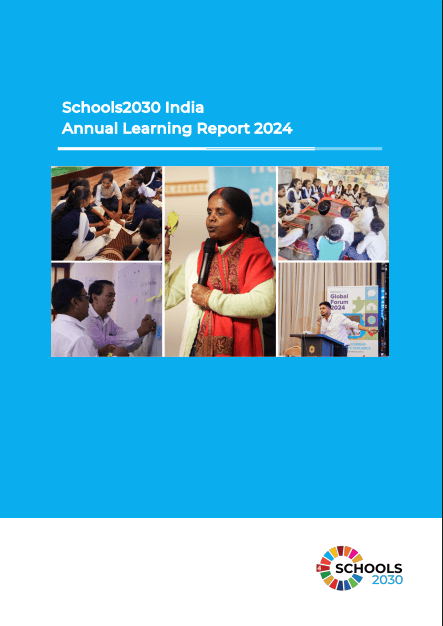
India Learning Report 2024
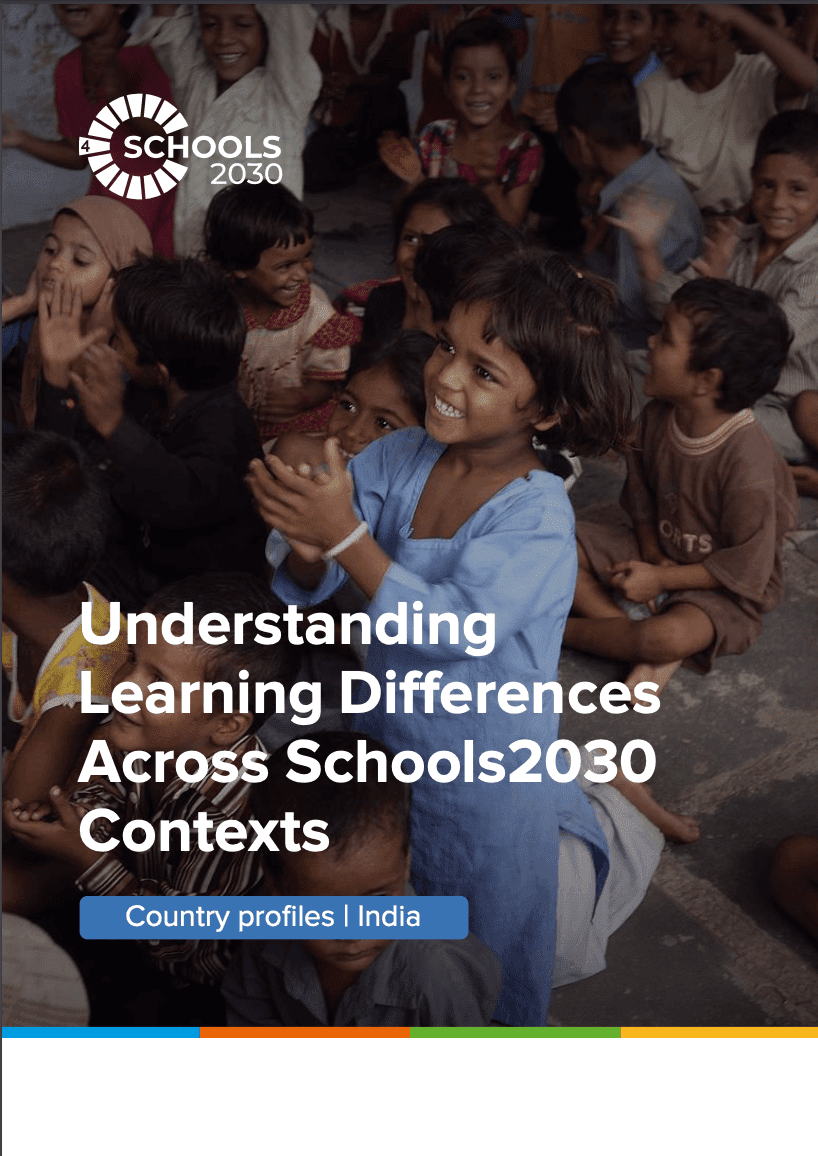
Learning Differences - India
OUR INDIAN partners
Country Assessment Partner
In-country Assessment Partners initially supported the development of Schools2030 assessment tools and offer ongoing guidance for teachers in using them. Find out more about how our global and national partnerships work on our Coalition page.
Explore Schools2030 in our other countries.









